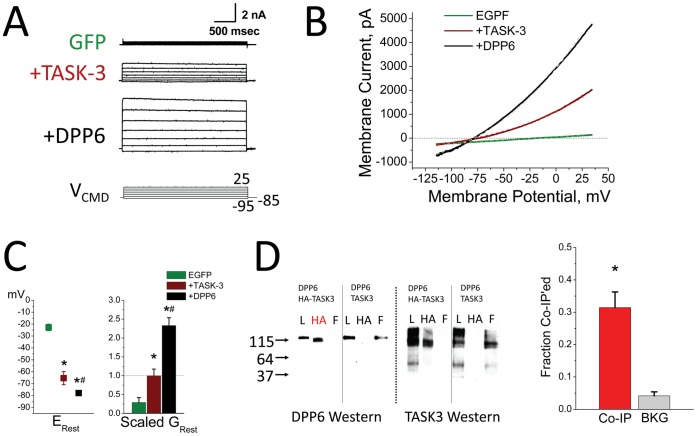Figure 4. Regulation of TASK-3 by DPP6 in a Heterologous Expression System.
CHO-K1 cells were transfected with GFP alone (GFP (n = 14)), or the addition of TASK-3 (+TASK-3 (n = 16)) or the further addition of DPP6 with TASK-3 (+DPP6 (n = 23)). A) Representative current traces for step depolarizations. Only small currents are observed in CHO cells that are not transfected with channel subunits. Following expression of TASK-3 there is a large outwardly rectifying current expressed that increases further with co-expression of DPP6. Scale bar: 2000 pA, 500 ms. B) Representative current-voltage plots for voltage ramps showing the outward rectifying potassium current produced by TASK-3 is greatly increased by addition of DPP6. Dashed lines are from a NEURON model incorporating a non-selective cationic Leak Channel (EL = −16 mV) and a potassium selective TASK-3 Channel (EK = −91.5 mV). Maximum conductance parameters used to generate these curves (EGFP: GL = 2.81 nS, GTASK-3 = 0 nS; +TASK-3: GL = 1.75 nS, GTASK-3 = 320 nS; +DPP6: GL = 4.25 nS, GTASK-3 = 840 nS). C) Analysis of average changes in resting potential and resting membrane conductance. Membrane property changes produced by TASK-3 (*compared to GFP: ERest(P<0.0001); GRest(P<0.0036)) are further increased by co-expression of DPP6 (# compared to +TASK-3: ERest (P<0.023); GRest (P<0.0001)). (data plotted ± SEM). D) Co-immunoprecipitation was performed to test for direct interactions between DPP6 and TASK-3 followed by Western blots for either DPP6 or TASK-3. Expression conditions indicated at the top of each section. L-Load, HA-precipitated with anti-HA antibody, F-flow through. Red HA indicates a lane where the non-HA tagged protein has been co-immunoprecipitated with the HA-tagged protein. Summary data from 6 co-immunoprecipitation experiments shows that a co-precipitation protocol pulls down about 31.4±4.8% (P = 0.0013) of the protein that could be directly precipitated compared to a background signal of 4.0±1.3% when neither proteins is HA tagged (BKG).

